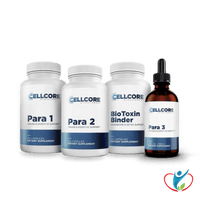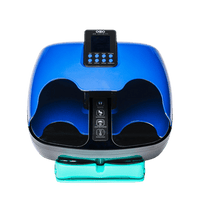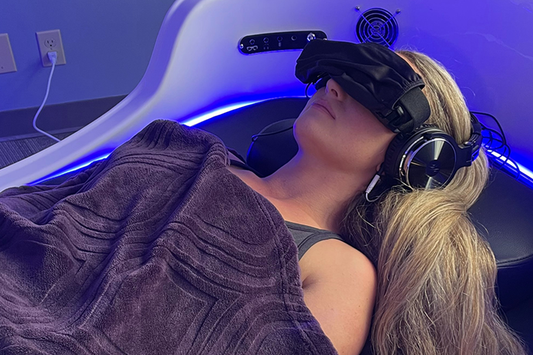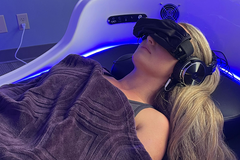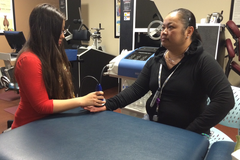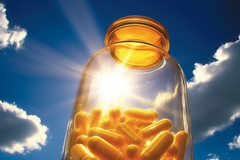In years past, drug addiction was frequently viewed as a deeply taboo subject. While families across America and around the world grappled with this issue, they often did so in secrecy, afraid of the judgment that might come with admitting the truth. Thankfully, in today’s world, addiction is more openly viewed for what it truly is: a disease requiring advanced medical treatment.
As the search for new, effective ways of treating addiction continues, NAD therapy is emerging as a potentially life-changing treatment. Drug addiction centers have already begun using NAD as a method of helping patients to safely detox. Though many find hope in the possibilities of this therapy, critics point to its being untested as a reason for caution.
What is NAD?
NAD – also known as NAD+ stands for nicotinamide adenine dinucleotide. This naturally occurring form of vitamin B3 finds a home in every cell of your body. There, it helps maintain energy levels and smooth cellular functioning.
As people age, NAD levels drop off over time. As these levels decrease, people may experience a range of issues, including:
- Obesity
- Fatigue
- Issues regulating mood
- Heart disease
- Liver disease
- Diabetes
- High cholesterol
Though NAD naturally decreases over time, specific problems can quicken this process. For instance, sun damage infamously damages skin cells’ functioning while an overactive immune system can also harm how the body processes NAD.
Recent research has revealed that drug addicts also suffer from low levels of NAD, leading many to believe that NAD therapy may be helpful in helping addicts reestablish a state of normalcy.
How Do NAD Treatments Work?
Though there are NAD pills available for consumption, most often, this therapy is administered intravenously. Licensed providers insert an IV needle into the patient’s arm and the infusion process begins. While the infusion is in process, patients can read, relax, or watch television for the duration of the treatment.
Infusion treatments can last anywhere from three to six hours. For optimal results, patients are encouraged to experience several consecutive days of therapy, but there is no agreed upon length of time. While some centers claim that three days are enough to achieve positive effects, others often encourage patients to undergo up to fifteen days of NAD infusions, particularly in the case of addiction.
Patients commonly have the option to either go to a wellness center or enjoy in-home infusions for their NAD therapy sessions.
How Does NAD Help with Addiction?
Though NAD is yet to be widely adopted for addiction treatment, there is much evidence that points to the mechanisms by which it may help.
In theory, NAD works by helping addicts regain their energy levels and proper cellular functions. Any form of addiction, particularly opioid addiction, wreaks havoc on the body; NAD infusions may help repair that damage.
NAD also works as a natural detox system, helping the body purge itself of residual drugs or alcohol. The enzyme has been proven to help the body flush out toxic poisons more quickly and easily. As withdrawal is essentially the pain the body experiences as it struggles to purge itself of drugs or alcohol, NAD can help recovering addicts more quickly and easily move through this uncomfortable process.
As addiction treatment centers and wellness centers are beginning to use NAD therapy to help addicts, additional benefits NAD is demonstrating itself to provide are:
- Helping recovering addicts achieve better sleep
- Aiding in healthy cell regeneration as their bodies heal
- Producing higher energy levels, which is valuable in curbing drug cravings
- Regulating mood as their bodies recover from the constant emotional highs and lows related to addictions
- Lowering rates of anxiety and depression
Most importantly, there do not appear to be any drawbacks to the use of NAD. NAD infusions do not appear to cause any physical harm or carry any negative side effects.
What then, do critics have to say on the matter?
Naturally Increasing NAD
For those aiming to achieve the benefits of NAD without the expensive price tag, there is hope. Outside of the infusions, there are ways to naturally improve NAD levels and achieve all the potential benefits that come with doing so.
- Taking vitamin b3 supplements
- Regularly exercising
- Optimizing diet and nutrition
- Limiting sun exposure
- Intermittent fasting
Regardless of whether or not addicts choose to trust the claims behind many NAD therapy centers, there is no harm to be found in naturally increasing NAD levels. As scientists continue to debate and test the effectiveness of this newly discovered therapy, recovering addicts can still find relief from cravings by naturally increasing their own NAD levels.
Conclusion:
Ultimately, there is still much to be learned about NAD’s potential benefits as a treatment for addiction. While all signs point to NAD therapy’s promising possibilities, researchers still have years of trials before they can officially declare its proven effectiveness. It is wise to be wary of any center claiming that this therapy is a cure-all, but still, there appear to be no ill effects from trying NAD therapy.
